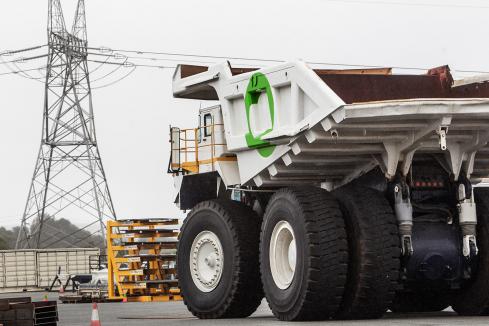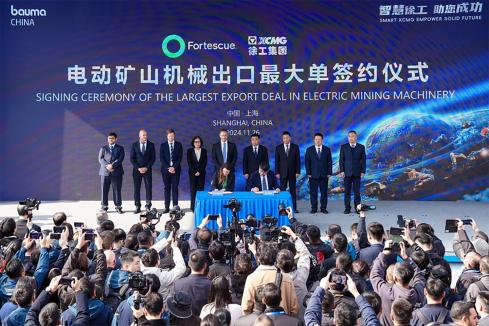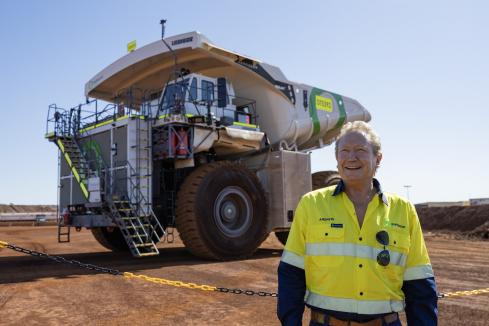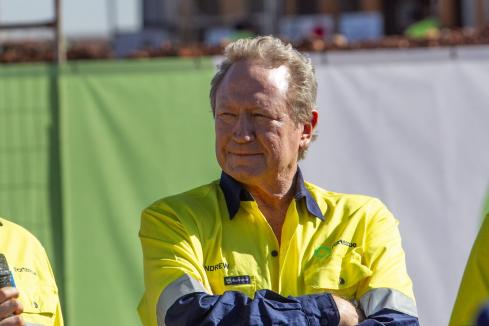
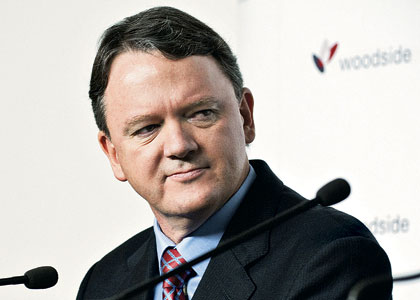
THREE trends stand out when the salary packages of newly appointed chief executives at Western Australian companies are examined.
First,the bigger the company the higher the salary.
Second, all chief executives have the potential to substantially boost their income via annual bonuses; in some cases they can double their income every year if they hit or exceed their performance targets.
Third, despite greatly increased disclosure, it is still impossible to know in advance just how much money chief executives will make from their job. That’s because nearly all of them participate in equity schemes, and the value of those schemes depends on company performance and share price movements; they could be highly lucrative, or may be worthless.
Subject to that qualifier, Woodside Petroleum’s new chief executive, Peter Coleman, has by far the most lucrative salary package of any newly appointed chief executive; that accords with Woodside’s status as WA’s second largest ASX-listed company, behind Wesfarmers.
Mr Coleman’s package includes both the largest base salary and the most potential to gain from short-term and long-term incentives.
Mr Coleman was on a good wicket even before he received his weekly pay cheque, however. He was awarded Woodside shares to the value of $3 million as a sign-on incentive.
He will also qualify for up to $500,000 in compensation, “for taxation liabilities incurred as a result of accepting employment with Woodside and changing residence for tax purposes”.
And Woodside agreed to cover his relocation costs and to pay $100,000 “for other incidental costs incurred as a result of the relocation”.
Only a handful of WA chief executives qualified for a sign-on bonus this year, and all were delivered in different ways.
Former Woodside executive Kevin Gallagher, who was understood to be one of the contenders for the top job at that company, was awarded a $1.3 million sign-on bonus after agreeing to join engineering company Clough. His bonus was split $400,000 in cash and $900,000 in shares.
Mr Gallagher had an unexpectedly long wait to get his sign-on bonus. He was originally due to start at Clough in August but Woodside required him to serve out a longer notice period, keeping him until November.
Mining company Straits Resources, which was formed out of a restructure of its former namesake, agreed to provide an interest-free loan so that chief executive Milan Jerkovic (who also headed the ‘old’ Straits Resources) could acquire shares to the value of his annual salary ($945,000).
Fellow miner Kagara agreed to award 500,000 of its shares, currently worth $160,000, to its new chief executive Geoff Day as a sign-on bonus.
Base salary
The remuneration packages awarded to chief executives start with a fixed annual amount, which usually includes superannuation and fringe benefits.
Among the newly appointed chief executives, Mr Coleman has the largest fixed remuneration at $2.1 million per year.
He is followed by Fortescue Metals Group’s Nev Power on $1.8 million, Clough’s Mr Gallagher on $1 million (plus super) and Gindalbie Metals’ Tim Netscher on $1.05 million.
Of course, not all chief executives are on six-figure salaries. The table attached (New CEO Remuneration Packages) shows a selection of newly appointed chief executives in the $300,000 to $500,000 range, including Gavin May at Newland Resources and Andrew Black at financial advisory company Plan B Group Holdings.
And the other attached table (CEO Salary Survey) shows several chief executives with a base salary in the $200,000s. These relatively low salaries are, in most cases, offered by small exploration companies with limited cash but the potential to offer equity incentives.
Annual bonuses
The remuneration gets more interesting when we start looking at the potential for annual bonuses. In general, the larger the salary, the more potential there is for large bonuses.
In Mr Coleman’s case, the bonus for achieving ‘targeted performance’ is one times his fixed salary.
If he exceeds the performance targets, he has the potential to get an annual bonus that is twice his fixed salary.
Like most companies, Woodside has not disclosed the details of Mr Coleman’s performance targets, so it is not possible to judge how much of a stretch they are.
The short-term incentive is paid two-thirds in cash and one-third in variable performance rights (VPR), with one VPR equal to one share.
Importantly, the variable pay rights do not vest (i.e. become fully owned by Mr Coleman) until three years after their allocation.
Clough’s Mr Gallagher and Peet’s Brendan Gore, who negotiated a new package this year, also use existing equity schemes to obtain at least part of their annual incentive.
Similarly, FMG pays short-term incentives via its executive and senior staff incentive plan (ESSIP).
Like most schemes of this kind, it is based on the relevant executive achieving defined performance targets. In FMG’s case, the targets are under three categories:
• the company’s annual performance in areas like tonnes shipped, the cost per tonne shipped, and safety has a 20 per cent weighting;
• its growth performance, including conversion of reserves to production and net profit after tax, has a 30 per cent weighting; and
• the individual’s performance has a 50 per cent weighting.
Like most companies, the potential rewards under FMG’s ESSIP are higher for senior executives on the basis they have more capacity to influence outcomes.
The maximum possible payout to the chief executive and chief operating officer is 150 per cent of their fixed salary.
For director-level roles it is 100 per cent, for general managers it is 75 per cent and for other senior executives it is 60 per cent.
In Clough’s case, short-term incentive payments are linked to the achievement of both a company earnings target (set annually) and business plan targets.
Long-term incentive
In addition to an annual bonus, nearly all chief executives have potential to earn a long-term incentive, in most cases through an equity scheme.
In the majority of cases, this is delivered by the granting of share options. Typically, the options vest over three or four years, subject to meeting certain goals.
In Clough’s case, the company’s total shareholder return (TSR) must average 12 per cent per year over the four-year vesting period.
Straits Resources has taken a different tack –its long-term incentive comes in the form of interest-free loans to executives, to purchase shares at the prevailing market price.
Mr Coleman’s scheme is one of the more complicated in the market.
His long-term incentive will be granted in the form of variable pay rights, representing 133 per cent of his base salary.
The vesting of the variable pay rights is dependent on Woodside’s TSR relative to the TSR of an international peer group of companies.
If Woodside’s TSR is below the 50th percentile, no variable pay rights vest. At the 50th percentile, 50 per cent of the variable pay rights vest; at the 75th percentile, 100 per cent of the variable pay rights vest. In between, there is a sliding scale.
The majority of companies with a long-term incentive plan utilise this vesting formula.
However, Woodside has a twist not shared by other local companies. If the company’s TSR is ranked at the 100th percentile (in other words, it is the top performer among its peer group), then 150 per cent of the variable pay rights vest (that is, there is an entitlement to 1.5 shares for each variable pay right).
On vesting, the variable pay rights may be delivered in the form of Woodside shares (which the company will acquire) or, at the election of the board, the payment of a cash equivalent.
FMG the exception
Iron ore miner FMG has a habit of doing things differently, and its remuneration plan is, again, the exception.
The most notable difference is that the company does not have a long-term incentive scheme. Writing in the annual report, the directors said they are mindful that other mining companies offer long-term incentives, in addition to a base salary and annual bonus.
The directors said they keep open the prospect of a long-term incentive scheme but are presently of the view that the company’s fixed remuneration levels and the ESSIP provide a competitive remuneration platform.
The above-average fixed remuneration at FMG is evidenced by the fact it had four executives last financial year with a base salary of about $950,000.
That put all four of them among the top 20 WA earners when ranked by base salary. Mr Power’s new package means FMG will most likely have five of the top 20 next year.











